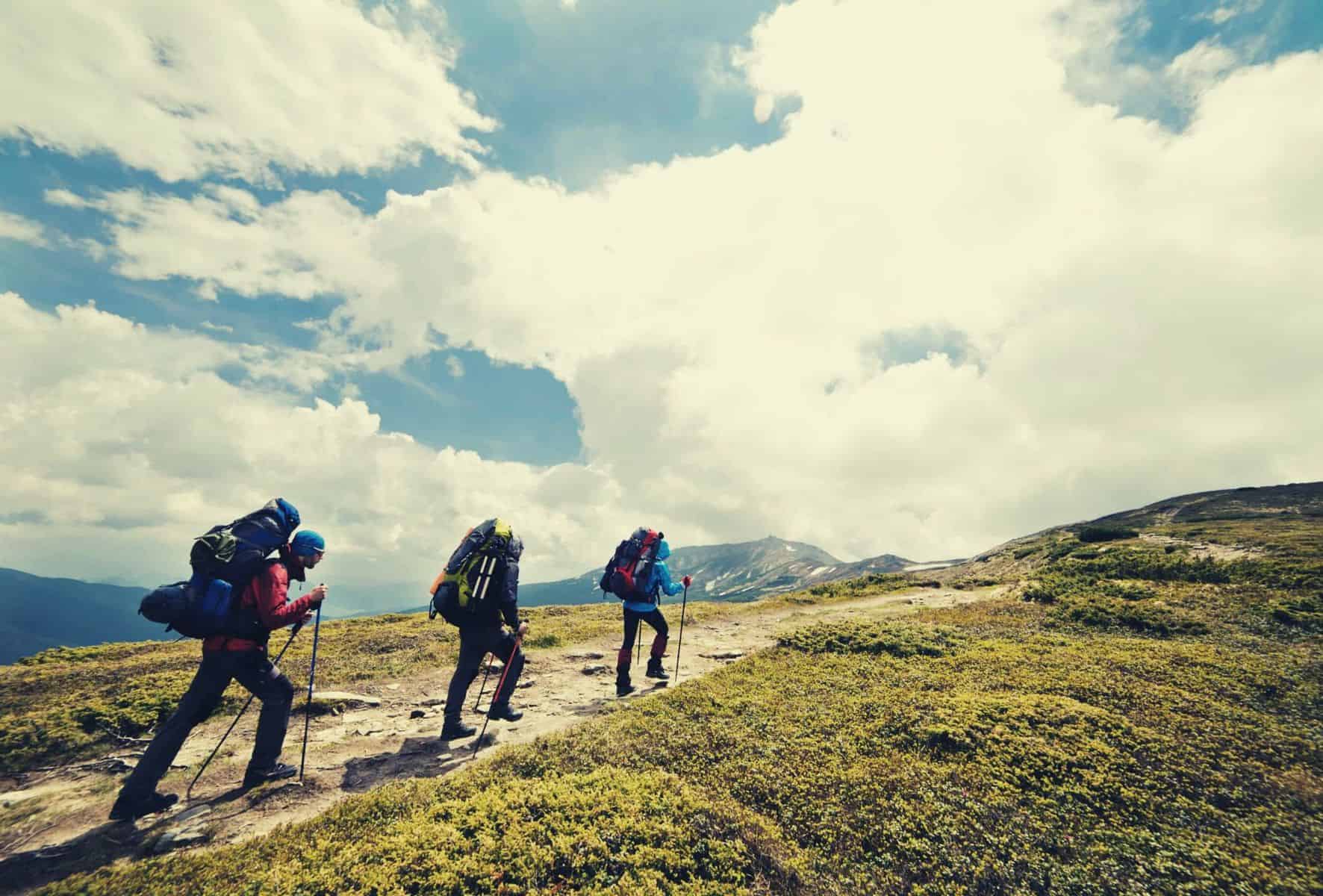There are many contenders for the title of ‘The Ultimate Bane of a Hiker’s Life’ — blisters, mosquitoes, ticks, midges, noisy campsite neighbors, ill-fitting boots, and leaky tents are just a few. For our money, however, butt chafing takes the biscuit.
If you’ve ever experienced chafing for any length of time, you’ll understand. If not, try to imagine an instrument of torture that trumps any ever devised by history’s most sadistic minds and you’re just about in the ballpark.
The bad news is that it can happen to any of us. The good news is that prevention and remedial treatments for this earthly preview of hell are easy to learn and apply, and in this article, we’ll be taking you through each of them step by step in our skin-saving guide on how to prevent chafing while hiking.
Table of Contents
What Is Chafing?
First up, it bears noting that chafing is not friction burning or blister formation. These close cousins in the family of hiking afflictions will be dealt with in an upcoming article.
Chafing is, essentially, the result of repeated contact and friction between your skin and your clothing, your gear straps, or most commonly, other parts of your skin. Most cases are first felt as a light burning sensation in the affected area, which in time can develop into a severe rash and often large, open, live wounds.
Like any ailment, catching the symptoms and causes early is the key to containment.
Hikers are particularly susceptible to chafing because of the repetitive movements hiking requires. Given that just a relatively short day hike requires thousands of steps, that equates to just as many instances of rubbing in chafing ‘hot spots’, much in the same way that cyclists acquire saddle sores.
Because this skin irritation develops as a result of friction caused by the movements made when hiking, continuing our hike once chafing sets in can be an agonizing ordeal.
A number of factors can cause or contribute to chafing, most notably being overweight, sensitive skin, humidity, high temperatures, poorly fitted backpacks, tight clothing, clothing seams, carrying an excessively heavy load, dampness, non-breathable clothing, and sweat.
Hiking & Backpacking Hot Spots
The areas most susceptible to chafing while walking are our thighs, groins, shoulders, lower back and hips, buttocks, and nipples.
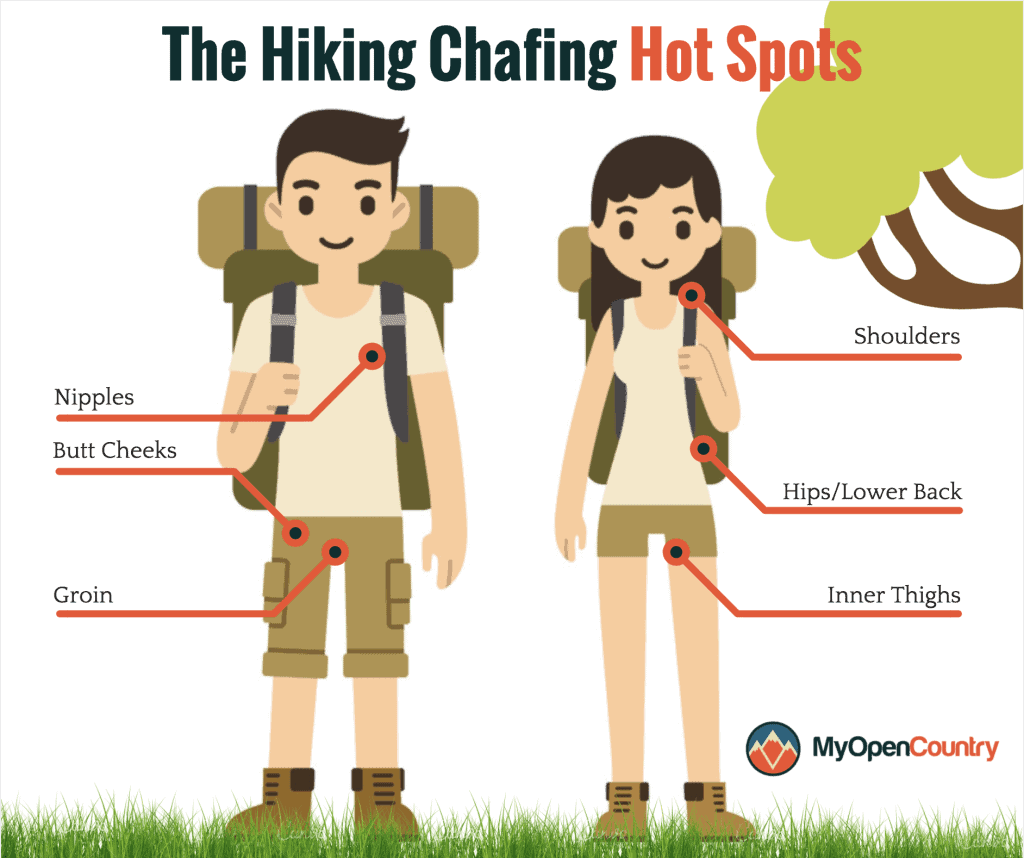
Thigh Area
Legs chafing when walking? You’re not alone…Repeated friction and the build-up of sweat between our legs make our thighs the prime candidate for chafing.
While this will not afflict every hiker, those with meatier pins are likely to be aware of contact between their inner thighs when walking. If you fall into this category, be sure to lubricate your inner thighs prior to setting off and at regular intervals throughout your hike.
Groin
As with our thighs, our groins are hot spots for perspiration, skin-on-skin rubbing, and skin-on-clothes rubbing, and as such thus are highly prone to the scourge of chafing.
Cotton underwear or ill-fitting underwear and lax hygiene are the most common contributors: excess dampness creates the sticky, salty environment ideal for chafing’s onset, while the bunching of the excess material or tight underwear can rub or dig into the skin.
Shoulders
Ill-fitting, poorly adjusted, or overweight backpacks expose our shoulders to chafing by maximizing the pressure and potential for rubbing on the skin. While this may cause only mild discomfort on very short hikes, over the course of a day or two it’s almost sure to become a source of irritation.
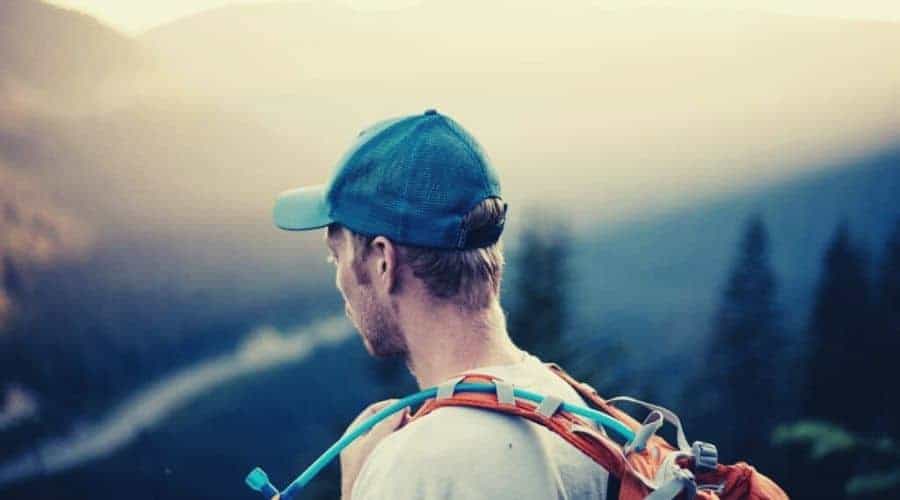
Lower Back/Hips
Hip straps and the base of our packs are often made of tougher material than the foam or mesh back panels. As such, they can easily wreak havoc on our skin if they become damp with sweat or are not properly adjusted and tightened so as to avoid shifting across our skin.
Butt Chafing
Alas, the wrath of chafing shows no mercy even for the most sensitive parts of our constitution.
Many hikers, particularly those who wear seamed underwear or are particularly well-endowed in the posterior, can be struck by cheek-on-cheek rubbing, resulting in raw flesh on both parts of the backside binary. This one poses a sort of double jeopardy, afflicting the sufferer both while on the move and while resting (by almost precluding the possibility of sitting down).
Nipples
Although more common among long-distance runners, hikers are not immune to the remarkably excruciating torment of nipple chafing.
Owing to the repeated rubbing of shirt fabric against our pectoral pointers, some degree of irritation is all but inevitable if the fabric of our shirt is unsuitable or damp. Products such as the wonderfully named ‘Nip Strips’ have recently hit the market to offer the afflicted a means of prevention and relief.
How To Prevent Chafing While Hiking: Everything You Need to Know in 10 Tips
As with any ailment, chafing is easier to prevent than it is to cure. A number of simple and inexpensive measures can aid us in this regard. If you can make them part of your routine when hiking, you’ll be cutting your chances of succumbing to the curse of chafing significantly and saving yourself an array of potential agonies.
1. Lube/Cream/Powder Up
It may not look or feel particularly badass to be lubing up at the trailhead or campsite while others around you are getting their Chuck Norris impressions on or skinning wild goats for breakfast, but lubricants such as Blue Steel, Junk Jam, coconut oil, Chamois Cream, Body Glide, or good old Vaseline can be lifesavers later in the day.
Powders like Anti-Monkey Butt that absorb sweat and reduce friction are also highly effective.
A few miles down the trail your dignity and credo will be restored when you glide breezily by the would-be Chuck Norrises and goat-skinners as they nurse their smarting nether regions, shoulders, and backsides.
2. Clothes
Breathability is all-important. Dry clothing tends to slide or glide over the skin, whereas damp clothing will stick and grate over it, gradually rubbing the skin raw.
A good fit is just as crucial, with oversized items like baggy shirts tending to bunch and form irritation-causing accumulations of material and tight items (bras and briefs being the prime offenders) digging into your skin.
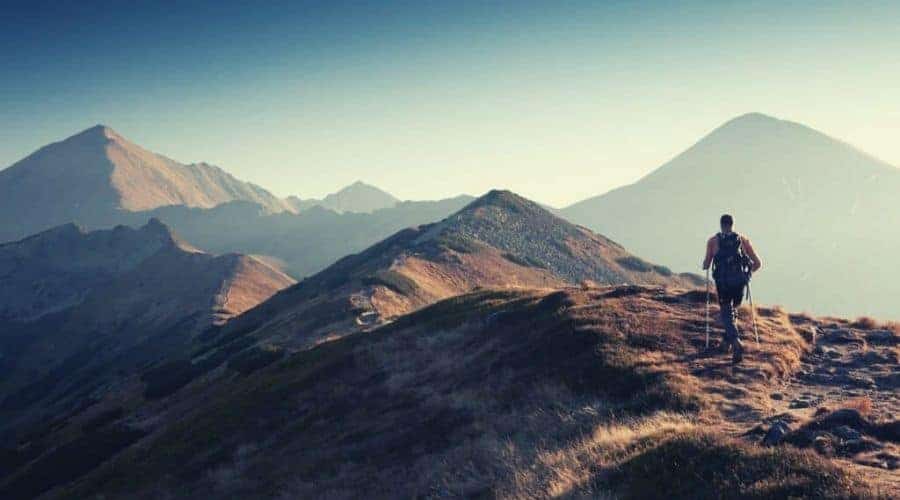
If your thighs chafe when walking, you might benefit from swapping your standard hiking shorts for a pair of compression shorts or even unpadded bike shorts. Both of these will provide extra protection for your skin and are one of the best ways to prevent thigh chafing.
3. No Cotton — Go Synthetic or Woolen
The use of cotton is pretty much the topmost of the cardinal sins for any would-be happy and healthy hiker. Owing to its inability to wick moisture, cotton can quickly become laden with sweat, creating the perfect micro-environment of damp, salty stickiness for chafing. Jeans are particularly guilty and should be avoided at all costs.
Most synthetic or merino wool clothing, on the other hand, wicks moisture far more effectively and also dries quicker, which is ideal for overnight washing and drying on multi-day hikes.
4. Seamless & Tagless
Seams and tags on your clothing may seem harmless in the store but can take on a knife-like quality after a few hours on the trail. When trying clothing on, make sure the seams and tags aren’t rubbing or causing any discomfort — even mild irritation at this stage is sure to multiply tenfold when active.
5. Underwear Choice
While we’d hate to put you off your prized mankini or lucky pair of Y-fronts, your choice of underwear can have a significant effect on your susceptibility to chafing.
Again, breathability is crucial and cotton is the enemy. One bold move that may work for some people is going commando with hiking leggings, thereby reducing the potential points or causes of chafing. To help you along the way we’ve taken a look at some of the best hiking underwear on the market.
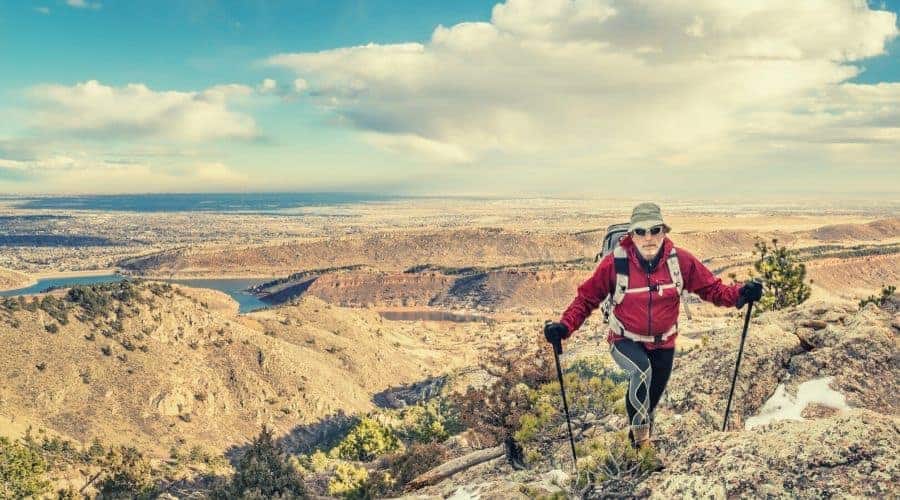
6. Don’t Tuck In Your Shirt
Tucking your shirt into your pants allows it to act as a conduit for perspiration from your back, depositing it below the waistline in those areas — butt cheeks/crack, inner thighs, groin — most susceptible to chafing. Additionally, it prevents ventilation around your hips and in the belt area, making chafing around the belt area and lower back more likely.
7. Wash Your Clothes
For many hikers, there is a tendency to think our hiking clothes are exempt from the attention we devote to our regular attire. They stink already, right, so what’s the point in washing them if we’re just going to stink them up again, particularly if we’re out on the trail for a week or two and have other, more important, and fun things to be doing?
If possible, rinse your clothes out at night to make sure they’re salt and sweat-free for the next morning’s hike; otherwise, you’ll be starting off already well on your way to a bout of chafing. This, of course, is another reason to use synthetic clothing, which dries off far quicker than most natural fabrics.
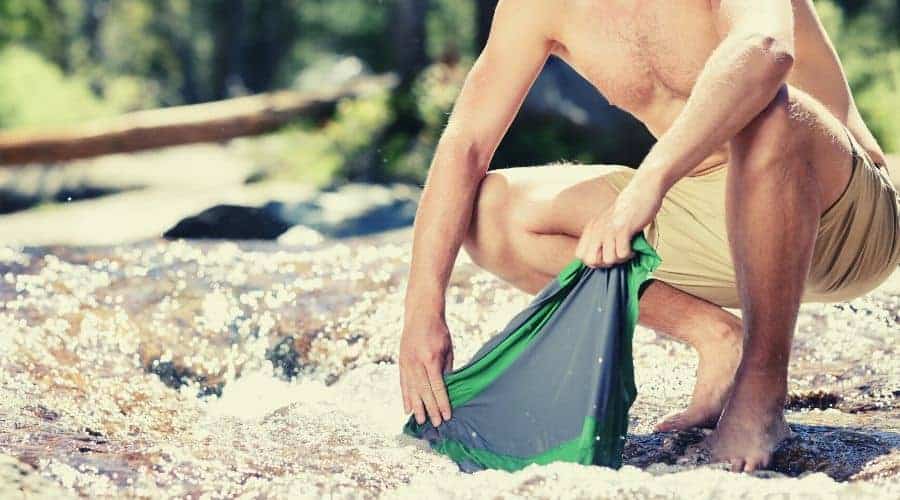
8. Keep Clean And Dry
While this may seem like a no-brainer, it bears mentioning because uncleanliness isn’t merely a source of stink but also a key cause of chafing.
Be sure to wash your nether regions and other chafing hot spots thoroughly before hiking and at the day’s end while on a multi-day excursion, rinsing off the sweat-deposited, grit-like salt crystals that can exacerbate the sting and lead to increased rubbing.
Finally, when answering nature’s calls be sure to do a good job with your post-poop wiping. In addition to its more obvious disagreeableness, excrement is a very potent skin irritant.
While most hikes worldwide do not boast the blessing of a handy bidet at rest stops, doing the best you can with toilet paper and/or wet wipes will prevent any poo-based pains further down the trail.
9. Hydrate
Salt is both an irritant and a cause of friction, thus making it both a prime source of chafing and the condition’s exacerbation. The concentration of salt in our sweat increases exponentially with the extent to which we are dehydrated, so staying properly hydrated is one of the best preventative measures for chafing there is, especially when hiking in warm weather.
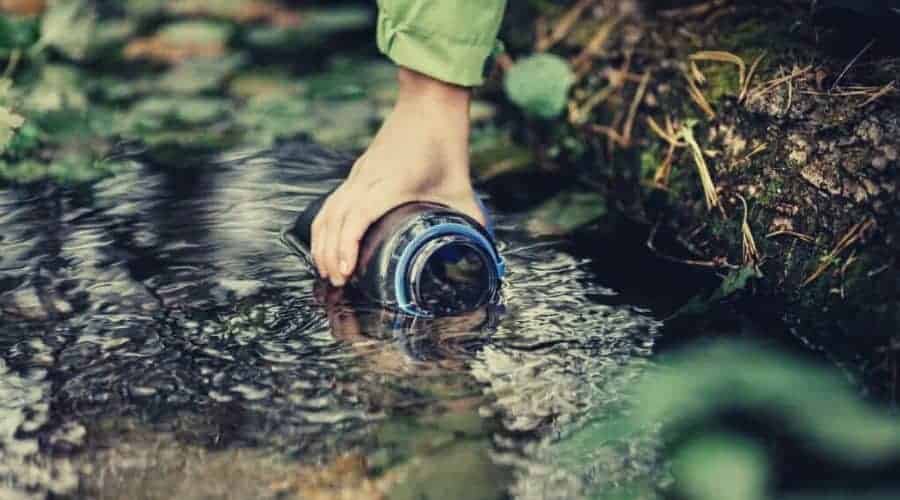
10. Gear That Fits
In addition to your clothing (see above), backpacks that are either the wrong size or poorly adjusted can begin to chafe when sliding or shifting across the skin.
Be sure to measure your torso length and try on packs prior to purchase, wear a well-fitted shirt, and also plump for a pack with a ventilating mesh back panel if you tend to hike in warmer climates or sweat excessively.
How To Treat Chafing
When chafing sets in, our first course of action should be damage limitation. While it’s unlikely treatment out in the field or on the trail will restore our chafed areas to chafe-free health, they can significantly diminish the pain and allow us to continue our hike.
The treatment for all chafed areas is very similar:
Stop
As soon as you feel the burn of chafing in any part of your body, stop. Continuing to the next rest stop or hobbling to the end of your route will only worsen matters and make treatment more difficult.
Change Clothing/Adjust Gear
If clothing or ill-fitting gear (i.e. backpack straps or hip belts) are the cause of the chafing, deal with the problem by changing your clothing asap and making the necessary adjustments to straps (usually straps are too loose, allowing the pack to slide around).
If you are hiking with a partner, try to offload some of your gear into their pack if the weight of your own is the cause of irritation. And if you tend to experience thigh chafing while on the trail, it might be a good idea to carry a spare set of hiking underwear or compression shorts so you can switch out your sweaty ones when need be.
If your pack is chafing your hips or lower back, try walking without the hip belt or squeezing a spare t-shirt between the pack and the chafed area.
Cleanse Affected Area
This one’s gonna hurt, but cleansing the affected area prior to administering first aid is essential in order to avoid infection, speed up healing, and remove the salty sweat residue that adds to irritation and increases friction.
First Aid
After cleaning the affected area, you can prevent further rubbing and avoid infection by applying an antiseptic lotion and then covering it with a nonstick gauze or sterile pad. As with clothing, these can soak up with sweat, so will require regular replacement. Zinc oxide creams like Detisin also do a great job of soothing skin that’s been rubbed raw.
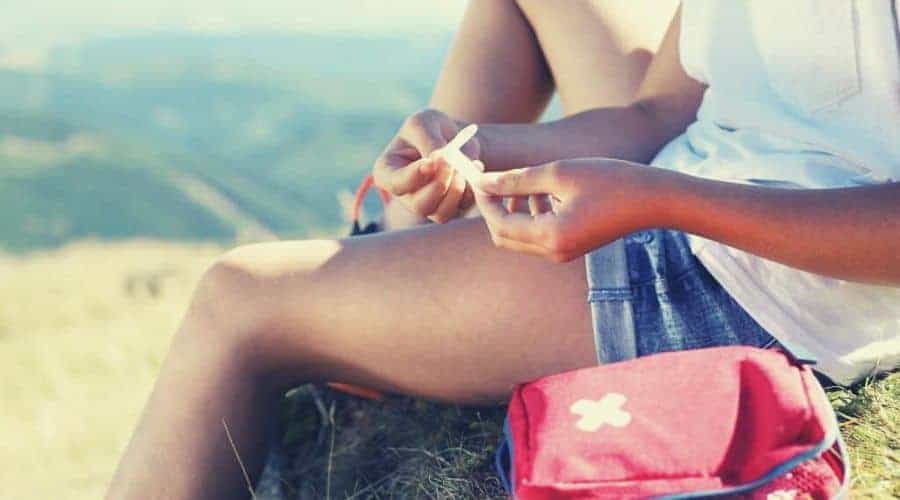
Re-Lube
If you’re finding it hard to make a gauze or sterile pad stay in place, lubricate the affected area as much as possible before attempting to move on. Doing so might not cure the problem, but should allow you to continue your hike if you reapply the lube/lotion frequently — just be sure to carry an ample supply!
Hydrate (Before And During Hike)
As mentioned above, H20 intake is one of the best means of ensuring your sweat’s salt content remains low. Once chafing sets in, hydrating adequately will help both to relieve the sting caused by salt crystals and to aid in the healing of the wound.
Hike On, Chafe-Free Hiker!
We hope this article comes to stand as a watershed moment after which your days on the trails become much happier and less prone to interruption by the scourge of chafing. If you can follow all of our tips on chafe prevention and treatment, we’re sure they will!
How did you like our guide on how to stop butt chafing (and other varieties) while hiking? If you know of any other hiking chafing tips or have any questions, please leave them in the comments box below. Happy hiking, everyone!
